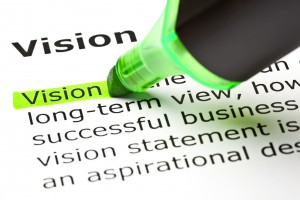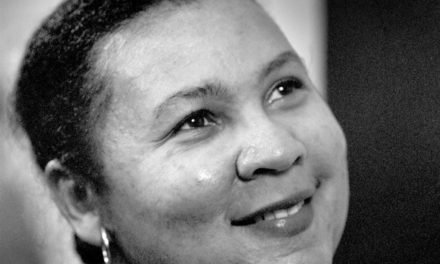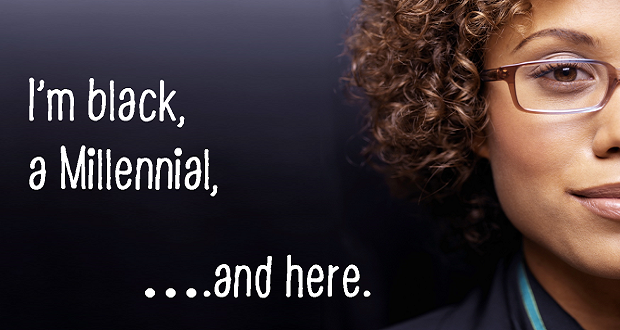 Obviously the first step in developing any type of strategy is to articulate the vision. What do you want to achieve? A vision outlines the ideal state…that to which you aspire. Visions are often lofty, describing what is possible. They are usually statements that are just out of reach, providing motivation to the stakeholders to think and behave in bold new ways. The Executive Diversity Council should be charged with developing the vision as a part of their role to develop the overall diversity and inclusion strategy.
Obviously the first step in developing any type of strategy is to articulate the vision. What do you want to achieve? A vision outlines the ideal state…that to which you aspire. Visions are often lofty, describing what is possible. They are usually statements that are just out of reach, providing motivation to the stakeholders to think and behave in bold new ways. The Executive Diversity Council should be charged with developing the vision as a part of their role to develop the overall diversity and inclusion strategy.
Diversity and inclusion vision statements are no different. They are short statements that describe a desired outcome. Examples of diversity vision statements include:
Diversity and inclusion is an inherent part of our culture and drive Sodexo’s growth. With D&I as a competitive advantage Sodexo is an employer and business partner of choice, enriching the quality of daily lives for our employees, customers, clients, communities and stakeholders globally. –Sodexo
To maximize the global power of diversity and inclusion to drive superior business results and sustainable competitive advantage. –Johnson & Johnson
…Leaders from Yale SOM are comfortable with difference, believe in the value of diverse perspectives and aspire to lead organizations and communities across boundaries…. –Yale School of Management
Notice that these diversity and inclusion statements connect to the organization’s business or purpose. Yale School of Management is in the business of preparing its students to lead in increasingly diverse settings which is acknowledged in their statement. Sodexo uses the present tense to affirm that they are living their vision on an ongoing basis.
Some organizations may choose not to develop a separate diversity statement but rather use their overall organizational vision as the diversity statement. There are pros and cons to this approach. From a positive perspective, it shows that diversity is already embedded in the company’s values and aspirations.
For example if an organization’s vision is to: Provide superior service globally to all of our customer segments through a highly talented, motivated and engaged workforce. If you understand that customers, other stakeholders and employees are increasingly diverse, then you see that diversity is in the vision statement. If there is clarity throughout the organization of who customers are and who employees are, and there is a focus on understanding and leveraging their differences, the company vision statement can be a powerful tool to support and advance the diversity strategy.
Blue Cross Blue Shield of Michigan’s (BSBSM) vision is: To give all Michigan residents access to reasonably priced, quality health care, and to improve the health of Michigan’s people, communities, economy and health care system. The phrase all Michigan residents speaks to diversity as the state of Michigan is increasingly diverse. Improving the health of Michigan’s people, communities…also says that BCBSM will have to understand how health outcomes are different for their different member groups.
If the enterprise vision statement inherently includes diversity, I recommend using that as the overarching business case for diversity and inclusion in the organization.
However, there can be risks in not having a separate diversity and inclusion vision. Depending on how the organization’s vision is used and communicated, the connection to diversity may be lost or not strong enough. The diversity practitioner has to understand the culture well enough to know if a separate statement is needed to effectively move the diversity agenda. By the same token, if the diversity and inclusion vision statement is not broad enough and not connected to the mission of the organization, stakeholders may not readily see the connection to their work and think of diversity as this separate “thing” that we have to do, unrelated to our business.


















